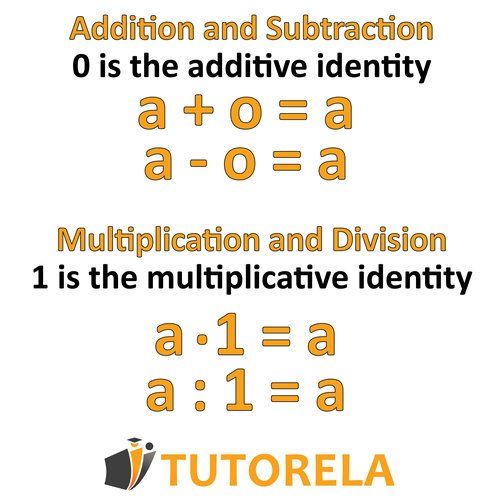The numbers and have some special characteristics when performing basic operations like addition, subtraction, multiplication, and division—including combined calculations.
In this article we will learn what they are and why they are important.

Master the special properties of 0 and 1 in arithmetic operations. Practice identity elements, multiplication by zero, and division rules with step-by-step solutions.
The numbers and have some special characteristics when performing basic operations like addition, subtraction, multiplication, and division—including combined calculations.
In this article we will learn what they are and why they are important.

\( 7\times1+\frac{1}{2}=\text{ ?} \)
Solve the following exercise:
According to the order of operations rules, since the exercise only involves addition and subtraction operations, we will solve the problem from left to right:
Answer:
Solve the following exercise:
According to the order of operations rules, since the exercise only involves addition and subtraction, we will solve the problem from left to right:
Answer:
9.5
According to the order of operations rules, we first divide and then add:
Answer:
According to the order of operations rules, we first divide and then add:
Answer:
Solve the following exercise:
According to the order of operations rules, we first divide and then add:
Answer: